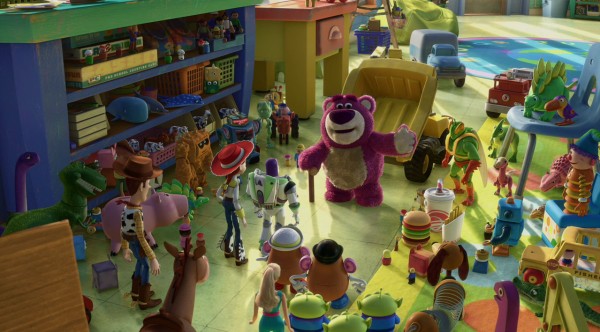In this article, David Rendall talks about identifying our weakness and gives suggestions to “improve” upon them.
I think that his suggestion “Fix it” has valid and not so valid points. First, I believe that we should all learn to live with our own weaknesses, because that is what makes us unique individuals. If everyone on this planet were the same, perfect, or both, then the world would be a terrible place because there would be no variety. We would all have the same job, same thoughts, same interests, and same life. Just the thought of that makes me shudder. That said, however, I believe that while we should accept our uniqueness (weakness and all), it should not be wrong to try and improve our weaknesses. Sometimes weaknesses cannot be forgotten because they inhibit how well someone lives their life. An example of this would be the tendency to look at life in a negative manner. Being around negative people, brings positive people down, and brings negative down even farther. I know for a fact that you can change from having a negative to a positive outlook, so if it’s possible and will improve your life, why not?
Secondly, I agree with Rendall’s suggestion of “foundation”. Unless the weakness is one that puts a damper on the ability to live one’s life, then it should be left alone. Instead, ignore these weaknesses and make up for them by bettering yourself in something that you are already good at! Or setting the foundation for something that you COULD be good at! I’ve always been under the impression that I couldn’t draw. However, recently I realized that it would help my skill set very much if I learned how (and specifically, learned how to use Photoshop). I purchased a cheap graphics tablet and after a few days I was drawing things that were slightly beyond the level of stick figures. It felt great! I’m now planning on drawing more challenging things to improve on the foundation I’ve laid. That in turn is simply improving on the strength that I know I have, and that is the ability to be creative.
Finally, I appreciated Rendall’s use of the “Rudolph the Red Nosed Reindeer” song to describe the concept of “fit in” because it is absolutely true. If you are trying to involve yourself with a group of people, a job, or an activity, then you want to fit comfortably with them. In other words, find a place in which you can absolutely improve yourself, and your strengths are admired instead of your weaknesses called out. If you try to fit in with the wrong people, job, or activity, then in most likelihood your weakness will be most prominent and it will be hard to show off and build on your strengths. In an environment that is not conducive to your growing and improving on what you are good at, then you will simply be miserable. That is why it is so important to find people who appreciate you for you, to find a job that you enjoy and are good at, and similarly to involve yourself in activities, which depict you as someone with strength (but not necessarily physical strength)
As far as the creative process goes, my greatest strength is probably my ability to visualize HOW I want something to look. When I’m thinking about a shot, or a concept, I have a very specific “vision” of how it should look, from the camera moves, to the action taking place in front of the camera. My greatest weakness is conveying that vision or idea to other people visually. That is one reason I am doing everything I can to teach myself how to draw using Photoshop. If I can express my ideas and concepts through storyboarding and concept art, then I will have taken my weakness and turned it into something that I can use to further my understanding of the creative process.







